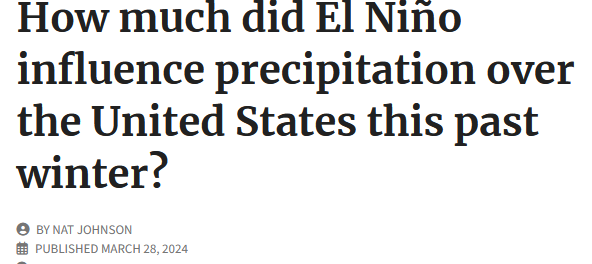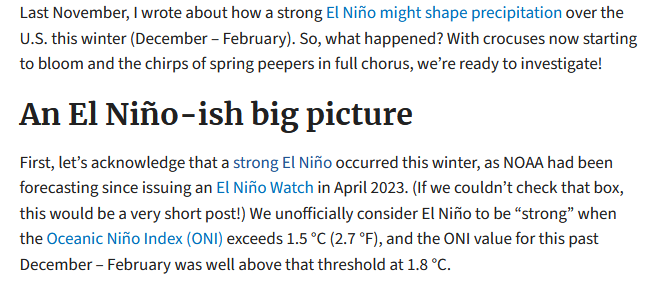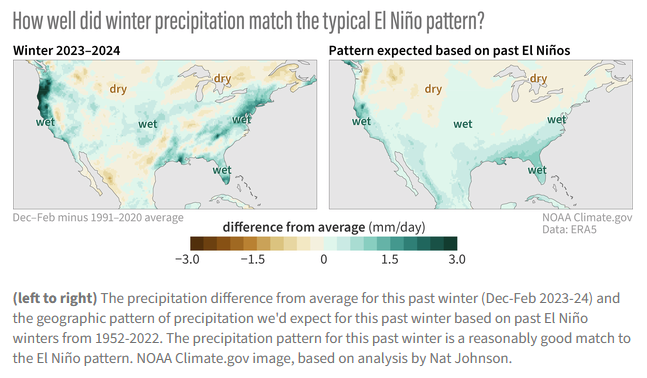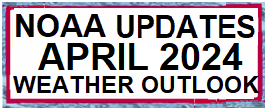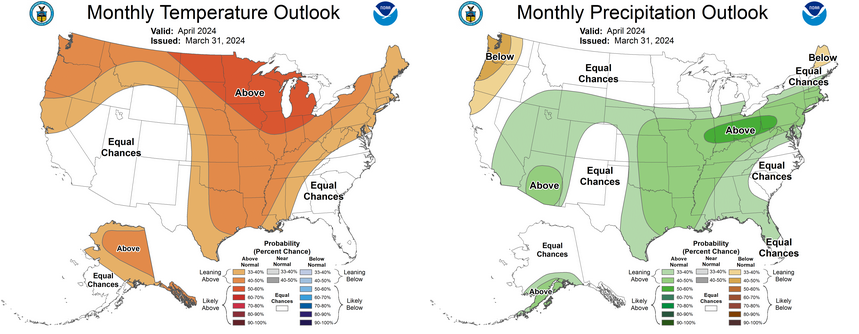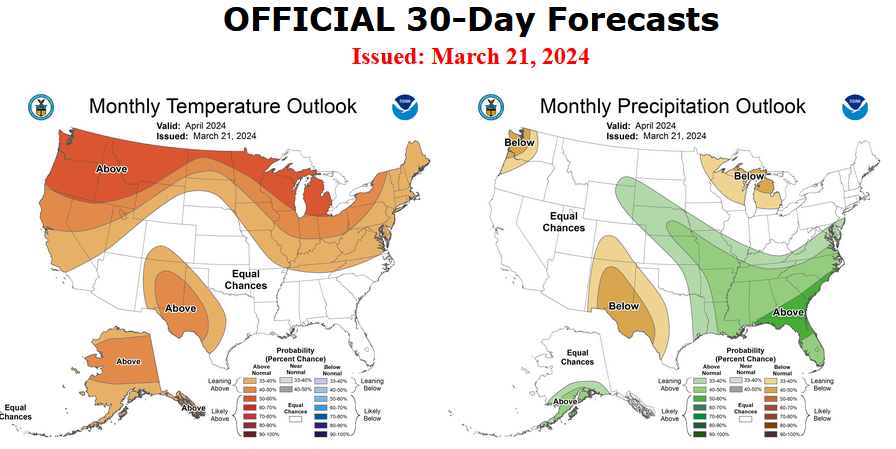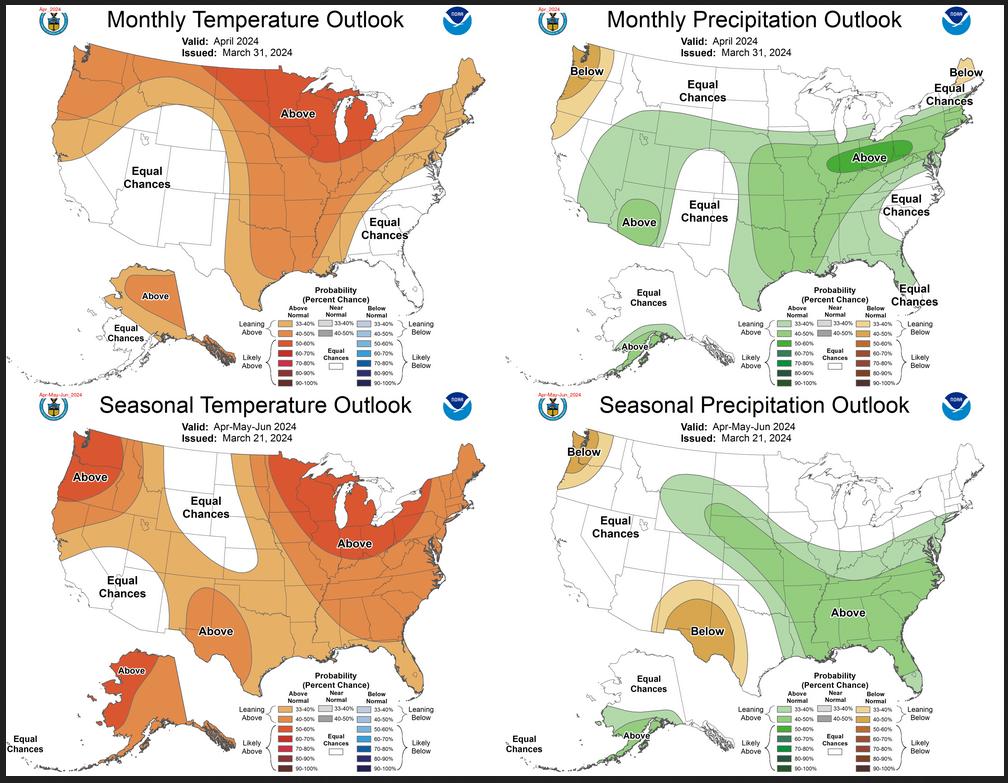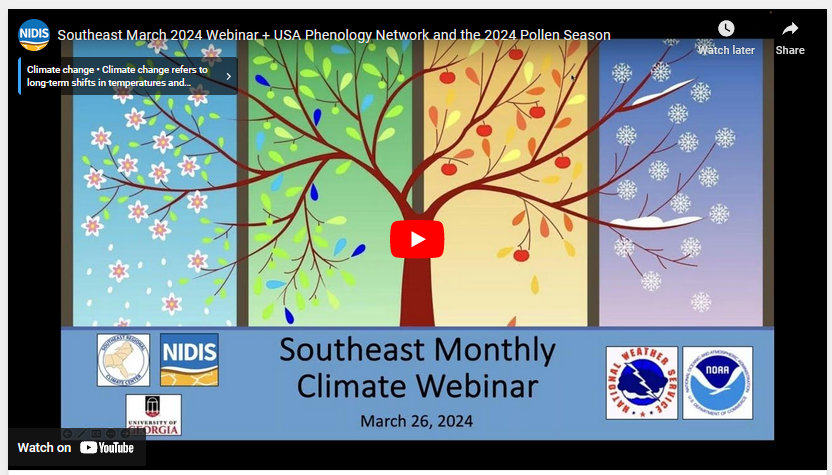Today Through the Fourth Friday (22 to 28 days) Weather Outlook for the U.S. and a Six-Day Forecast for the World: posted April 5, 2024
It is difficult to find a more comprehensive Weather Outlook anywhere else with the ability to get a local 10-day Forecast also.
This article focuses on what we are paying attention to in the next 48 to 72 hours. The article also includes weather maps for longer-term U.S. outlooks and a six-day World weather outlook which can be very useful for travelers.
First the NWS Short Range Forecast. The afternoon NWS text update can be found here but it is unlikely to have changed very much. The images in this article automatically update.
Short Range Forecast Discussion
NWS Weather Prediction Center College Park MD
Fri Apr 05 2024
Valid 12Z Fri Apr 05 2024 – 12Z Sun Apr 07 2024…Wet snow lingers over northern New England into Saturday…
…Widespread mountain snow moves across the interior western U.S…
…High Winds expected to impact the Four Corners today, spreading across
the Rockies and High Plains on Saturday, reaching into the central Plains
by Sunday……Severe thunderstorms possible over the central Plains later on Saturday
into early Sunday……Critical Fire Risk for central/southern High Plains through this
weekend…
The nor’easter that has been impacting New England with heavy snow inland
and strong winds near the coast will gradually weaken but will take its
time exiting into the Atlantic. Widespread wet snow mixed with rain over
the lower elevations can be expected to continue through today before
becoming more scattered on Saturday. 4-8 inches of new snow may still
accumulate as the parent low lingers nearby. The snow is expected to
taper off to snow showers by Sunday morning as the huge circulation of the
system finally moves farther away into the Atlantic.Meanwhile, a rather dynamic upper trough along with the associated surface
low pressure system are pushing into the interior western U.S. This
system will bring widespread mountain snow across the Great Basin today,
followed by the northern and central Rockies on Saturday. The potent cold
front trailing south from the low pressure center will likely impact the
Four Corners states with high winds today into tonight as the front
approaches and forcefully passes through the region.
By Saturday, this system will consolidate and quickly intensify as it
emerges over the Front Range. High winds, warm weather and low dew points
will support a critical fire danger over parts of the central and southern
High Plains through at least Sunday. Winds could become especially strong
and potentially damaging near the foothills of the central Rockies
Saturday night into early Sunday right behind the intensifying low
pressure system. Wind-driven rain is forecast to quickly expand across
the central Plains Saturday night into early Sunday around the rapidly
intensifying system, with severe thunderstorms and locally heavy rain
possible just ahead of the low center.With a huge omega upper-level blocking pattern setting up across the U.S.
through the weekend, below average temperatures are expected across the
West and East while above average temperatures will remain over the
central U.S.


